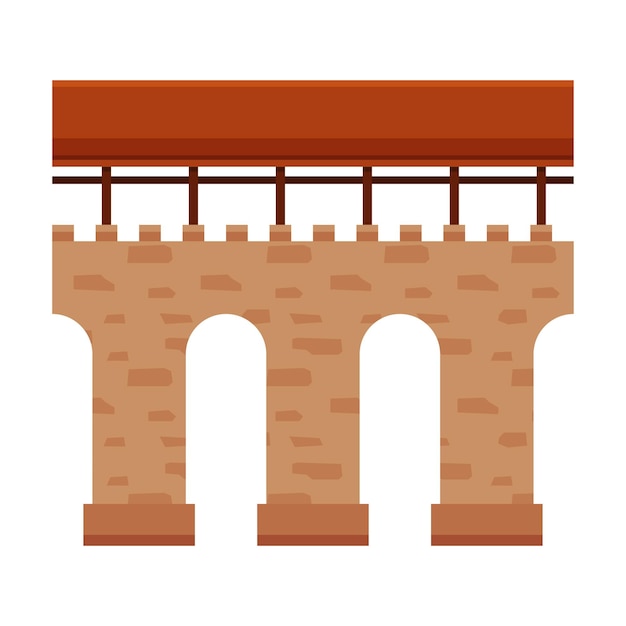10 Fascinating Facts About Roman Aqueducts

Roman aqueducts were engineering marvels of the ancient world.
Aqueducts in ancient Rome delivered water to thirsty cities.
The Romans built aqueducts to provide clean water for drinking, bathing, and irrigation.
Roman aqueducts were a testament to Roman engineering prowess.
The longest Roman aqueduct was the Aqua Marcia, spanning over 56 miles.
The aqueducts carried water from distant sources to Roman cities.
Ancient Romans relied on aqueducts for their daily water needs.
The Pont du Gard is one of the most famous surviving Roman aqueducts.
The Romans used arches to support their aqueducts, showcasing their architectural ingenuity.
The aqueducts used gravity to transport water over long distances.
Roman engineers built aqueducts with precise calculations and measurements.
Aqueduct maintenance was crucial to the well-being of Roman cities.
The Via Claudia aqueduct in Italy is still partially intact today.
Water transported through aqueducts was stored in reservoirs for distribution.
The Romans ensured that aqueducts were built with sufficient capacity to meet water demands.
Aqueducts brought water to wealthy Roman villas and public baths.
The aqueduct system enhanced the quality of life for Roman citizens.
The Romans considered the aqueducts a symbol of their empire’s greatness.
The construction of aqueducts required skilled labor and specific materials.
10 Fascinating Facts About Roman Aqueducts part 2
Aqueducts allowed for the establishment and growth of Roman colonies.
The Anio Novus aqueduct supplied water to the grand public baths in Rome.
The Romans built aqueducts in various regions of their empire.
The aqueducts had to be built with precision to maintain a constant water flow.
The Aqua Virgo aqueduct supplied water to the Baths of Agrippa in Rome.
Roman aqueducts served as a testament to the Roman commitment to public welfare.
Some aqueducts had multiple tiers of arches to support the weight of water.
The Roman aqueduct system inspired future generations of engineers.
The Aqua Claudia aqueduct transported water for over 68 miles.
The aqueducts provided water for drinking, cooking, and agriculture.
Roman aqueducts were not just functional but also works of art.
The aqueducts were a key part of the Roman urban infrastructure.
Roman engineers incorporated natural slopes and valleys into aqueduct designs.
The Roman aqueducts continued to function for several centuries after the fall of the empire.
Aqueducts allowed the Romans to settle in remote and arid regions.
The Aqua Traiana aqueduct supplied water to the ancient port city of Ostia.
The underground tunnels of aqueducts were constructed to maintain water temperature.
Roman aqueducts emphasized the importance of water as a precious resource.
The Romans built aqueducts with durable materials like brick, concrete, and stone.
The Aqua Tepula aqueduct provided water for thermal baths near the Temple of Hercules.
The construction of aqueducts involved teamwork and coordination among Roman engineers.
The Nimes aqueduct in France is one of the best-preserved Roman aqueducts outside of Italy.
The aqueducts showcased the grandeur and wealth of the Roman Empire.
Engineers used aqueducts to overcome natural obstacles such as rivers and hills.
The aqueducts were a testament to the Roman focus on urban planning and public health.
Roman aqueducts remain a lasting reminder of the remarkable engineering achievements of the ancient world.

